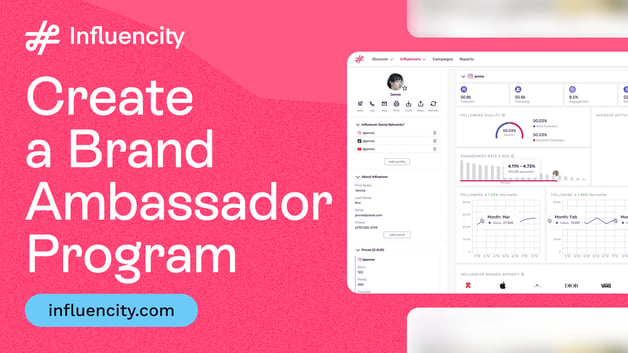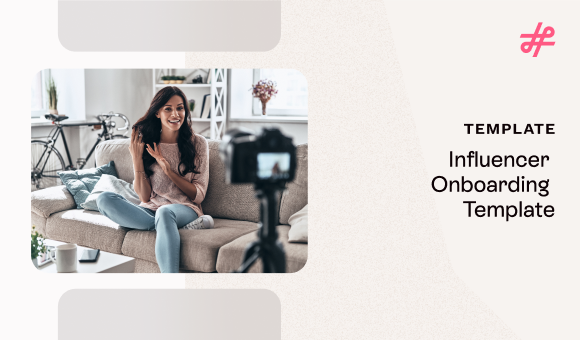Influencer engagement: what is it and how do I work it out?
In digital marketing, the engagement rate refers to the level of “commitment” between an online audience with a brand or a person. It’s extremely valuable and intangible insight for companies nowadays, which must opt for values and practices to make their audience fall in love with their brand and therefore become loyal customers.
When we talk about an influencer’s engagement rate, we’re referring to the sense of commitment they’ve managed to generate amongst their online audience.
An influencer’s engagement rate is a valuable metric that serves as a solid prediction as to whether or not your marketing campaign will be a success. Why? Because the results of a marketing action tend to be measured by looking at the responses received from social media users to messages published by influencers on their social media feeds, which are usually related to a brand or its campaign.
These responses can be any of the following:
- Likes
- Comments
- Shares
- Page visits
Now that we’ve briefly covered the importance of an influencer’s engagement rate, let’s take a look at what exactly it is and how we can calculate it.
An influencer engagement rate refers to the sense of commitment an influencer has managed to generate amongst their online audience
What is influencer engagement: definition
Influencer engagement rate is one of the most important KPIs in Influencer Marketing. It’s an important parameter which allows brands to measure the level of interaction between an online audience and marketing content, by analysing likes, comments, retweets and shares, amongst other interactions.
Engagement rate is an indicator of an online audience’s commitment
In terms of a campaign’s development, engagement rate is one of the most commonly used criteria when selecting the best influencers for a collaboration. An influencer’s engagement rate is a great indication of whether or not their profile is interesting for a brand and its target audience.
How to calculate engagement rate
In order to calculate an influencer’s engagement rate, you need to take into account the average interaction rate for their publications.
Influencer engagement rates can be divided into two categories:
- A profile’s engagement rate is the average engagement obtained for their publications.
- A campaign engagement rate is the total number of interactions on all publications from a specific campaign (Social Reach).
Related reading: How to go viral with influencers
How does Influencity calculate influencer engagement rates?
As we previously mentioned, an influencer’s engagement rate refers to the level of interaction between their online audience and the content published for a marketing campaign. To work out an influencer’s engagement rate, it’s important to take into account the number of likes and comments as well as other types of interactions. Seems like a complicated task, right? At Influencity, we do it in a much more simple way.
With the help of our software, you’ll see this data at the click of button. But, how does Influencity obtain this data?
Engagement rate for a publication
If we want to calculate a publication’s engagement rate, we have to add together the total number of interactions (likes, comments, etc) and divide it by the total Social Reach multiplied by 100.
N.º Post Interactions / Reach x 100
Engagement rate for a profile
If we what we want to calculate is a profile’s engagement rate, this data must be extracted by analysing the average interactions per post and then divide this number by the number of followers multiplied by 100.
Total nº interactions / Reach of all actions x 100
How do influencer engagement rates vary per social network?
Influencer engagement rates are analysed based on the following two concepts: the social network and the influencer’s followers.
Influencer engagement on different social networks
- On Twitter, the average influencer engagement rate is between 0.6 and 1%. Anything higher than 1% is considered above average.
- On Instagram, the average influencer engagement rate is between 3 and 4% and only rates over 7% are considered to be high.
- Finally, on YouTube, in order to be considered an influencer on this particular social network, you need to have an average engagement rate of 20%, with 35% being considered a very good rate.
|
Social Network |
Average Rate | Above Average |
|
|
0.6 – 1% |
1% or more |
| 4% |
+7% |
|
|
Youtube |
20% |
+35%[1] |
Engagement rate according to number of followers
An influencer’s engagement rate can also vary depending on their number of followers:
|
|
Nº of Followers | Average Rate | Above Average |
|
10-30K |
6% | 10% | |
| 30-80K | 4-5% |
6-7% |
|
| 100-300K | 3.5 – 4% |
5-6% |
|
| 500K + | 2-3% |
4.50% |
|
|
Nº of Followers | Average Rate | Above Average |
|
10-30K |
1 % | 1,5 % | |
| 30-80K | 0,8 – 1% |
1,20% |
|
| 100-300K | 0,6 % |
1 % |
|
| 500K + | 0,4 % |
0,6 % |
|
YouTube |
Nº of Followers | Average Rate | Above Average |
|
10-30K |
20% | 30 % | |
|
30-80K |
25% |
35% |
|
| 100-300K | 30% |
40% + |
|
| 500K + | 15% |
25%[2] [3] |
How to improve your campaign engagement rates
To improve your campaign’s engagement rate, we recommend posting content that generates higher levels of engagement, such as the following:
- Videos
- Competitions and raffles
Competitions and raffles generate a high engagement rate because they encourage user participation
Now, let’s get down to the core of the problem. To improve your engagement rate, it’s essential to do the following:
- Headhunt the best profiles for your campaign.
A good engagement rate is achieved with quality content and, of course, quality influencers. Selecting the right influencers is therefore of the utmost importance.
- Use tools that will help you find the best influencers.
Thanks to tool such as Influencity, you’ll be able to find the best profiles, based on data and metrics.
- Choose the social network that generates the highest engagement rate.
For example, we recommend choosing YouTube and launching marketing actions which influencers which encourage user participation, such as competitions or raffles, as we previously mentioned.
Furthermore, it’s essential that the content created for a campaign with influencers is organic and doesn’t appear to be commercial content.
By following this advice, selecting the correct profiles and following trends from your sector, your engagement rate will improve exponentially.
Do you want to get higher engagement rates for your marketing campaigns? Get in touch and we’ll give you hand!
Tags:










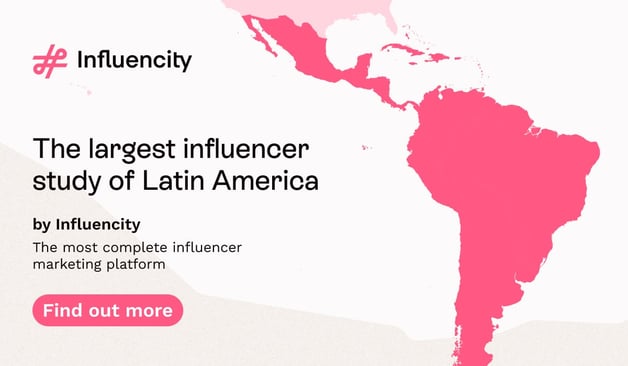


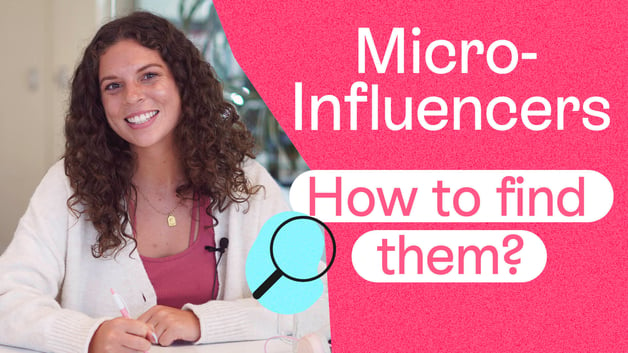


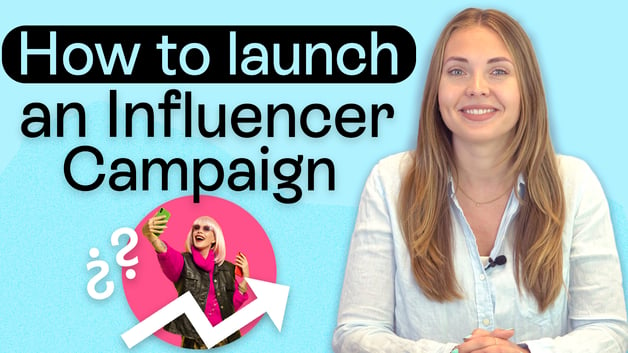



%20and%20How%20Can%20They%20Benefit%20Your%20Brand%20article.jpg?length=628&name=What%20Are%20Key%20Opinion%20Leaders%20(KOL)%20and%20How%20Can%20They%20Benefit%20Your%20Brand%20article.jpg)

